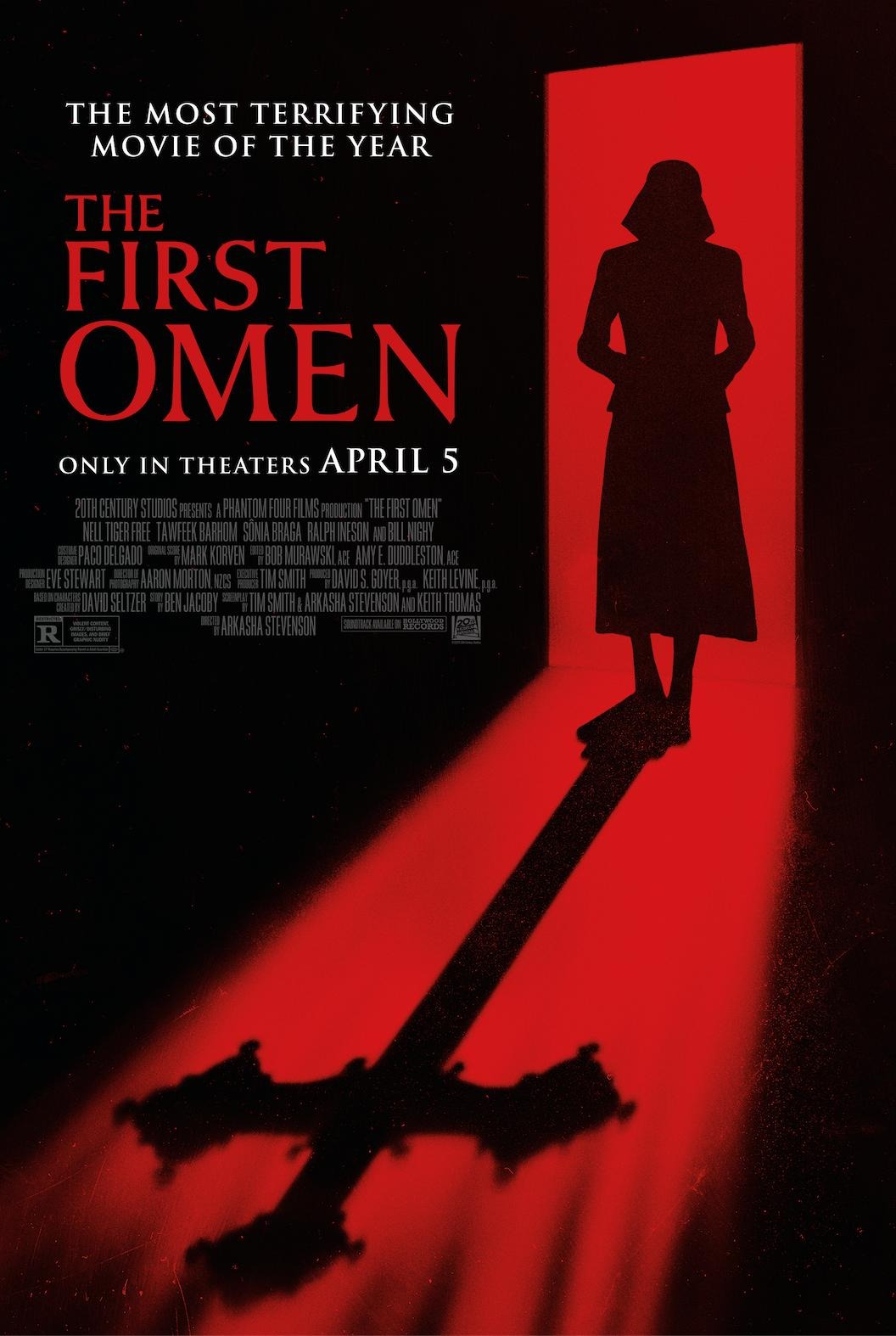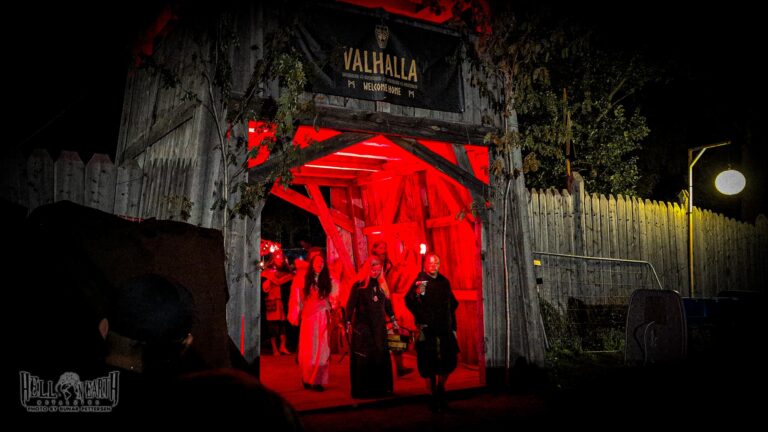
Between The First Omen and Immaculate 2024 offers a curious double feature for fans of neo-nunsploitation horror. Both films operate as allegories, grappling with themes of anti-choice dystopias and religious oppression. That said, if pressed to choose, I’d argue that The First Omen edges out Immaculate as the more daring and accomplished of the two. Sydney Sweeney in Immaculate is magnetic, especially during the film’s final act, but The First Omen dives deeper into its dual identity as both nunsploitation camp and Rosemary’s Baby-style psychological horror. It’s not just disturbing; it’s disturbingly beautiful. Its themes—choice, agency, and institutional subjugation—are delivered with confidence and subtlety. Perhaps what tips the scales most, though, is its ability to unnerve without losing its sense of artistry.
The First Omen serves as a prequel to Richard Donner’s The Omen (1976). Finally we get to know what happened before Damien was born in 1976. It ties the knots pretty good, I must say. Maybe there is a few minor contradictions from the original story line, but I am not bother by them.
From the first frame, the film feels like a throwback in the best way. Its cinematography, staging, and editing evoke the craft and atmosphere of 1970s cinema. One might even say it captures the essence of an era in just a few minutes. But this is more than simple homage; it’s a fully realized world.
From the slow-motion shattering of a stained-glass window in the prologue to the spider’s web-like framing of the protagonist’s hair in a drunken stupor, The First Omen builds a visual language steeped in dread. Omens are everywhere, both explicit and implied, and they cling to the film like a second skin.
The performances are another triumph. Nell Tiger Free, as an American Catholic woman sent to Rome to become a nun, delivers a performance so raw and magnetic that it feels destined to propel her into the Scream Queen pantheon. Ralph Ineson’s booming voice adds gravitas to his role as a priest delivering dire warnings. Together, they anchor the film with a mix of vulnerability and authority, making the surreal horror feel palpably real.
Mark Korven’s score is good, a haunting blend of vintage and contemporary. It is of course nowhere near the amazing original score to Jerry Goldsmith–but yes; the classic Omen-theme is used again in this movie, and it made my skin crawl.
Yet, for all its strengths, The First Omen isn’t without flaws. A few supporting performances fall flat, and the film succumbs to the modern horror pitfall of unnecessary jump scares, including a handful of cheap fake-outs. These moments don’t derail the film, but they momentarily distract from its otherwise sophisticated tone.
Still, these are minor grievances in an otherwise masterfully crafted film. The First Omen manages to be both an unflinching critique of choice and control in a patriarchal world and a nasty, elegant horror movie.






